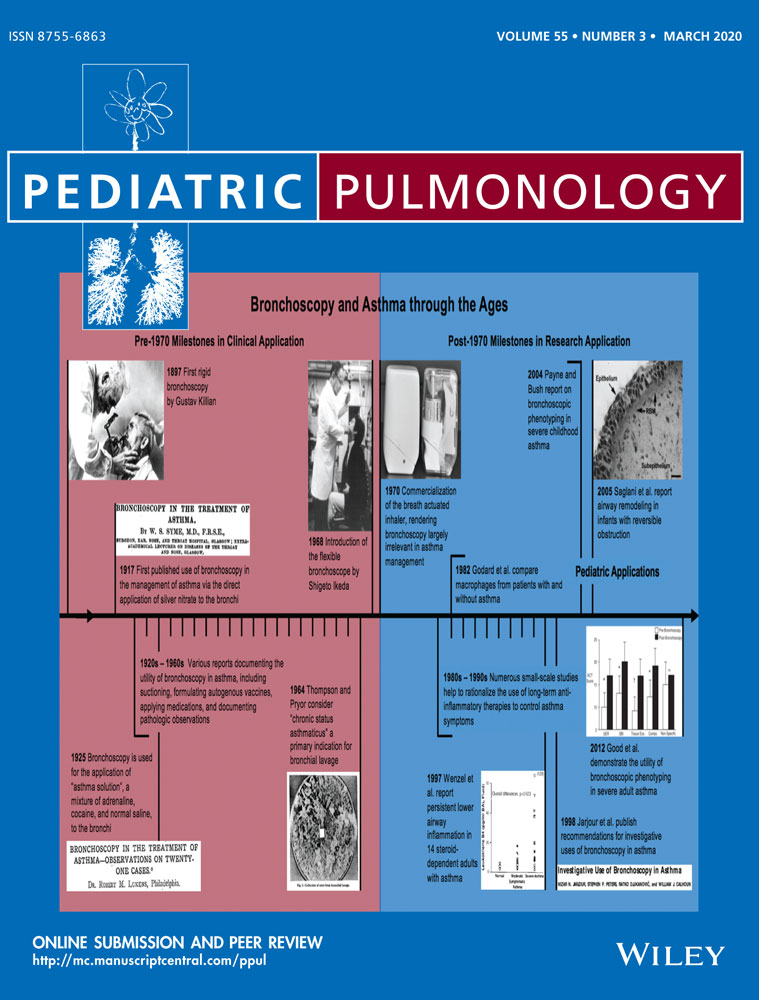Alignment of stakeholder agendas to facilitate the adoption of school-supervised asthma therapy
Michelle Trivedi and Janki Patel are co-first authors.
Abstract
Background
School-supervised inhaled corticosteroid (ICS) therapy improves pediatric asthma medication adherence, outcomes, and morbidity. However, school-supervised ICS therapy has not been widely adopted into practice. We developed Asthma Link™ as a sustainable, low-cost model of school-supervised asthma therapy, designed for real-world adoption. Initial outcomes of Asthma Link™ demonstrated a significant improvement in health outcomes.
Objective
In this study, we examined the perspectives of Asthma Link™ participants to identify systems-level barriers and facilitators to refine the Asthma Link™ protocol and facilitate real-world uptake of school-supervised asthma therapy.
Methods
Using qualitative research methods, we interviewed 29 participants in Asthma Link™ from 2016 to 2018. Semi-structured interviews were conducted over the phone. Interviews were transcribed and the transcripts were coded to identify major themes within and across stakeholder groups.
Results
Stakeholders agreed on many facilitators for successful Asthma Link™ execution including the brief and easy to follow procedures and the perceived beneficial health impacts for children involved. Some of the barriers identified were deviations from the protocol and insurance companies denying coverage for two inhalers. However, the participants did propose solutions to address these barriers.
Conclusion
Asthma Link™ is a low-cost, sustainable model of school-supervised asthma therapy that leverages the established infrastructure and collaboration of medical providers, school staff, and families. In this study, we elicited the perspectives from these stakeholder groups and identified an agreement in several facilitators, barriers, and proposed solutions that will ultimately inform refinement of the program protocol and support real-world adoption of Asthma Link™ and other similar models.




